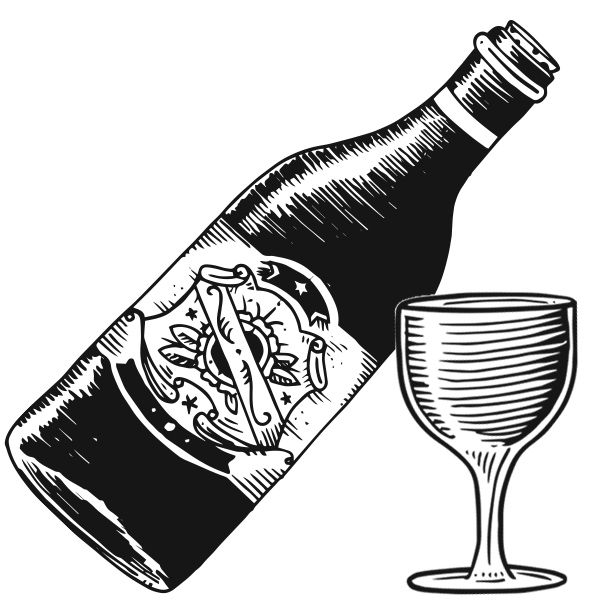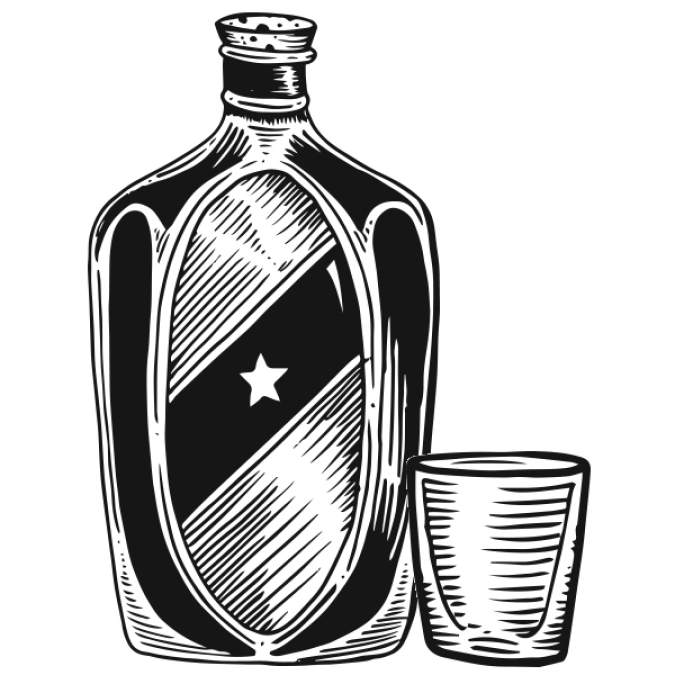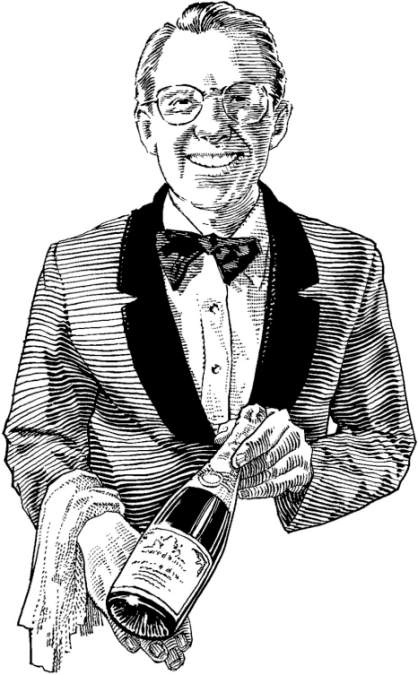Teaching
about wine is challenging, I know from personal experience. It’s such a complex and complicated topic that just figuring out where to start can be overwhelming. Add to that people’s wildly different levels of knowledge and learning styles, and you can see how panic could set in.
That’s why I was so impressed when I came across the Wine Folly blog (winefolly.com). Seeing how deftly Madeline Puckette and the rest of her Seattle-based team present complex wine concepts, often through cleverly designed graphics and maps, was inspiring. The approach seems to work brilliantly—and it’s clearly been effective, as Puckette was recently named 2013 Wine Blogger of the Year at the International Wine & Spirits Competition.
“We use design elements to help simplify concepts within wine, so they go hand-in-hand,” she says. “That said, infographics were a surprise hit, so we went with it and created more.”
The prowess of the Wine Folly team shows most clearly with their wine maps, which are what first drew me to the site. Studying for my Certified Sommelier exam, I was looking for maps to help me understand the wine regions of Italy. The ones on Wine Folly are vividly colored and easily understood, but also information-dense once you get past the neat design elements.
Puckette also has a deceptively straightforward approach to presenting seemingly complicated information: “Wine can be simple, especially if there’s a way to visualize the problem,” she explains. “I also love to compare wine to familiar things. For instance, a glass of wine has fewer calories than a latte . . . and tons more anthocyanins.”
It’s no surprise to me that I found lots to love on Wine Folly—not just those cool maps, but the delicate balance between entertaining and informing. It’s one I try to strike here in The Bar Code, with . . . variable results. Clearly Puckette is highly educated (“I passed the Certified Sommelier exam in 2010, and then started Wine Folly with two of my best pals in 2011,” she says), but what’s most clear talking to her is her overwhelming passion for wine.
For example, when I ask wine professionals about the most exciting trend in the world of wine, I generally hear pretty standard answers: more people drinking quality wine; new and exciting wines coming out of relatively unknown regions; experimentation with different grapes, techniques, and technology. But Puckette says: “There is a murmur in the industry around the origin of the wine grape, Vitis vinifera. A few producers and wine researchers are spending time in the ancient stomping grounds of the Phoenicians: Lebanon, Turkey, Cyprus, and Israel. There may be wild grape vines that [are] ancient varieties—precursors to modern-day wine. People might want to understand what wine was like 3,000 years ago. I know I do!”
thebarcode@seattleweekly.com







